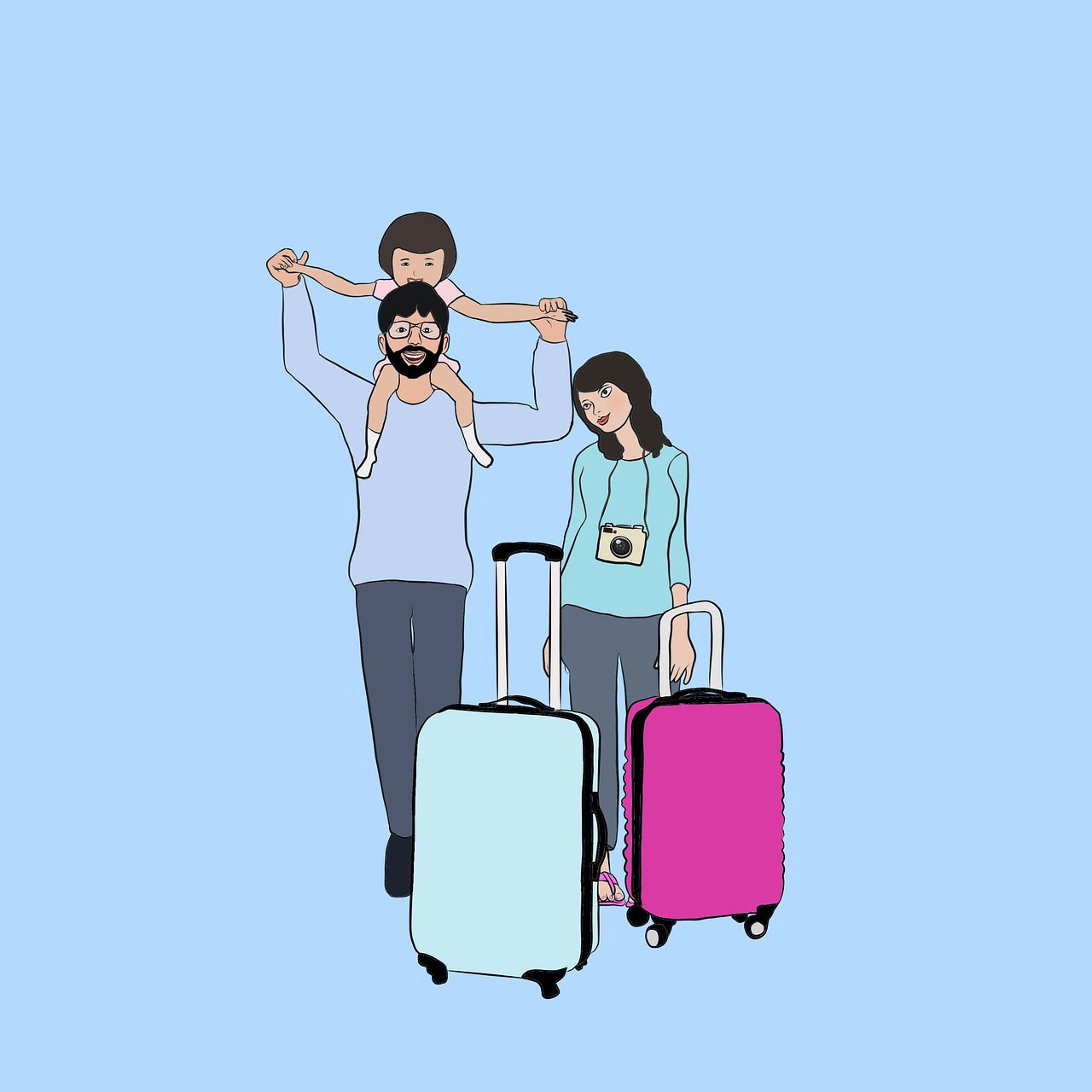We are pleased to announce that the U.S. Citizenship and Immigration Services (USCIS) will soon publish a new temporary final rule in the federal register aimed at streamlining the processing of renewal applications for Employment Authorization Documents (also known as EADs) and increasing the automatic extension period of EADs.
What does this new rule propose?
The new temporary final rule (TFR) proposes an increase of the automatic extension period of certain employment authorization documents (EADs) from up to 180 days to up to 540 days from the expiration date printed on EADs.
Who will benefit?
This automatic extension will benefit employment-authorized noncitizens to prevent workforce interruption for those that have pending employment authorization renewal applications with USCIS, which were timely and properly filed on or after October 27, 2023.
Additionally, to be eligible for the automatic extension, the EAD renewal application must still be pending with USCIS on the date of the rule’s publication in the Federal Register on April 8, 2024.
It will also benefit any eligible applicant who files a renewal EAD application during the 540-day period beginning on or after April 8, 2024 (the date of the rule’s publication in the Federal Register).
 Visa Lawyer Blog
Visa Lawyer Blog










